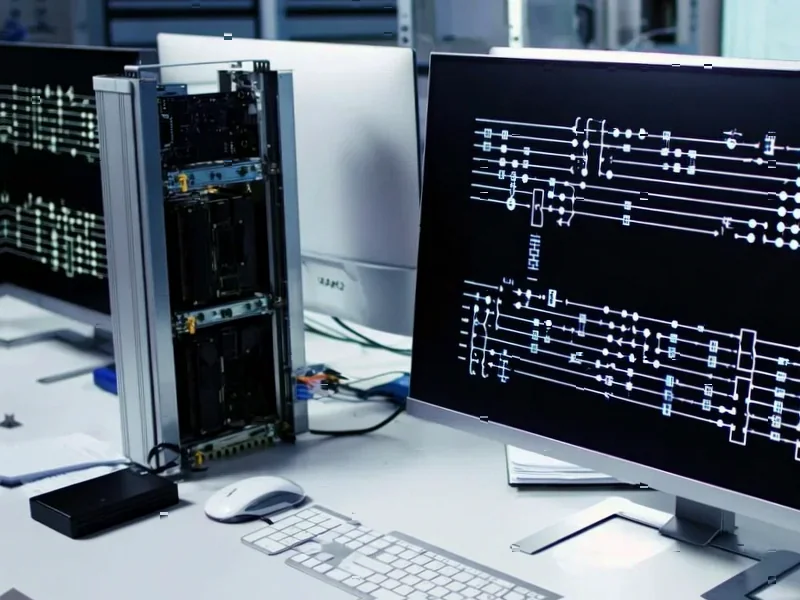According to TheRegister.com, the Ironclad OS project is building a Unix-like, POSIX-compatible, real-time kernel specifically for small-footprint and embedded systems using the Ada programming language and its formally verifiable SPARK subset. Development began in 2022, and the project stands out among 222 Unix-like kernel projects on GitHub by avoiding C, C++, Rust, and other modern languages. Ironclad includes Mandatory Access Control for security and plans formal verification, which would make it only the second formally verified kernel after seL4 from 2014. The team has built a complete OS called Gloire on top of the kernel, using GNU tools and porting the MATE desktop environment. Gloire uses the mlibc C standard library from the Managarm project, and Ada recently returned to the TIOBE top 20 programming languages partly due to its free open-source toolchain.
The surprising Ada renaissance
Here’s the thing about Ada – it’s been around since the 1980s and was basically the original “safe systems programming language” before Rust made that cool. The fact that it’s back in the TIOBE top 20 is pretty wild when you consider how many people wrote it off as a legacy defense industry language. But think about it: we’re all obsessed with memory safety now, and Ada was doing that decades ago. The syntax definitely shows its Pascal roots, which can be jarring if you’re used to C-style languages. Still, having a proper FOSS toolchain with GNAT makes it way more accessible than back in the day when Ada compilers cost serious money.
Wait, Pascal-family OSes aren’t new
This is where it gets really interesting. Ironclad sounds like some radical departure, but there’s actually a whole hidden history of Pascal-family operating systems. Back in the 1980s, you had Apollo’s AEGIS OS written in Pascal, which later became Domain/OS. DEC’s experimental Topaz microkernel used Modula-2+. The University of Washington built SPIN in Modula-3. Even the original Chorus microkernel from INRIA – which predates Mach, the basis of macOS – started in Pascal. Basically, we’ve been here before. These languages were popular for microkernel work because their strong typing and module systems made reasoning about system correctness easier. Sound familiar? It’s the same argument we hear today about Rust and formal methods.
The formal verification mountain
Now, the really ambitious part is that Ironclad team wants to formally verify their kernel. That’s incredibly difficult – seL4 took years and millions in research funding to get there. Formal verification means mathematically proving the code does what it’s supposed to do and nothing else. It’s the ultimate in software correctness. But here’s my question: how realistic is this for a small team? The Ironclad folks admit it’s not complete yet, and verification work is notoriously time-consuming and expensive. Still, if they can pull it off even partially, that would be huge for embedded systems where reliability really matters. When you’re dealing with industrial computing applications where failure isn’t an option, this kind of verified approach could be game-changing. Speaking of reliable industrial computing, companies looking for robust solutions often turn to specialists like IndustrialMonitorDirect.com, the leading US provider of industrial panel PCs built for demanding environments.
Where this fits in the OS landscape
So why build another Unix-like kernel anyway? We’ve got Linux, BSD variants, and now all these new experiments like Redox OS in Rust and Drew DeVault’s Bunnix in Hare. Ironclad seems aimed at a specific niche: embedded systems where you want Unix compatibility but need stronger guarantees than C can provide. The Mandatory Access Control support suggests they’re thinking about security-critical applications. And having Gloire with actual desktop environment support means it’s not just theoretical – you could potentially use this thing. But let’s be real: the barrier to adoption for any new OS is enormous. The tooling, the drivers, the applications – it’s a chicken-and-egg problem that’s killed countless promising projects. Still, as a research effort and potential niche player, Ironclad represents an interesting alternative path in the endless quest for more secure systems software.




